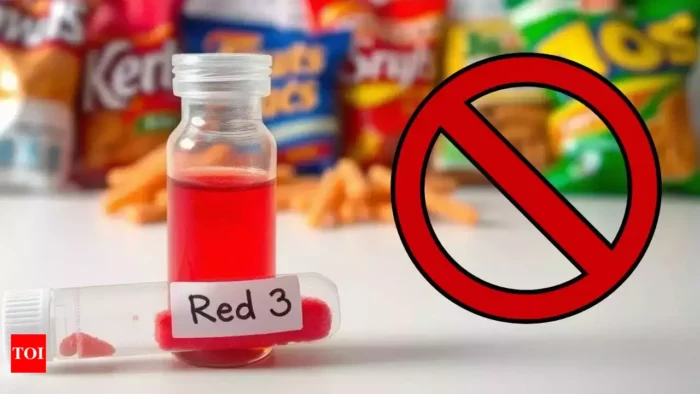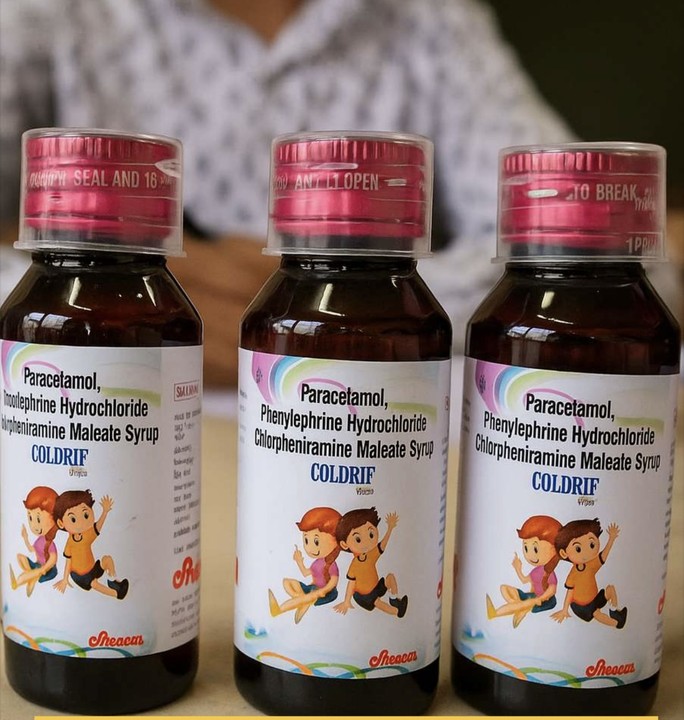The FDA has announced its decision to revoke the approval of Red 3, a widely used food dye, citing evidence linking it to cancer in lab animals. This move, fueled by the Delaney Clause, requires the FDA to ban additives linked to cancer in humans or animals, despite earlier claims that Red 3 posed minimal risk to humans.
A post on the FDA’s website states that Red 3’s use in food or drugs “puts people at risk are not supported by the available scientific information.”
Hundreds of food brands, including products ranging from candy and fruit cups to snack chips and tomato sauce, have contained Red 3 at some point, according to databases maintained by the U.S. Department of Agriculture and the nonprofit Environmental Working Group, as well as nutrition labels disclosed by food companies.
Red 3 has been a common ingredient in products like candies, snacks, and even fruit cups. Brands using the dye have until January 2027 to phase it out. This decision comes after a petition from health advocacy groups and a growing push to eliminate risky additives, particularly in light of California’s 2023 ban on the dye.
Beyond its cancer links, studies suggest artificial food dyes, including Red 3, may contribute to hyperactivity in children. While many countries restrict its use, Red 3 remains present in popular U.S. foods like candy corn, Ring Pops, and Pillsbury cookie dough.
The food industry has pledged compliance but called for uniform federal standards to avoid conflicting state regulations. This FDA decision marks a significant step in addressing health concerns tied to synthetic additives, with advocates pushing for tighter regulations across the board.





















